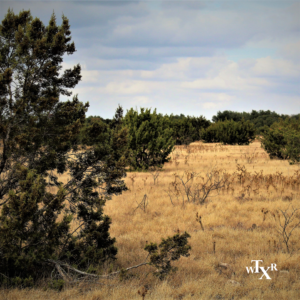 We are excited to announce that Drs. Morgan Treadwell, Melissa Shehane, and Ben Wu will be continuing education and extension Prairie Project efforts after receiving a $1.5 million grant from the USDA-NIFA Extension, Education and USDA Climate Hubs Partnership program area priority within AFRI’s Foundational and Applied Science Program to support a project titled, “Promoting Climate-Smart Agricultural Practice to Reduce Risk and Impacts of Drought, Wildfire and Woody Encroachment on Livestock Production.”
We are excited to announce that Drs. Morgan Treadwell, Melissa Shehane, and Ben Wu will be continuing education and extension Prairie Project efforts after receiving a $1.5 million grant from the USDA-NIFA Extension, Education and USDA Climate Hubs Partnership program area priority within AFRI’s Foundational and Applied Science Program to support a project titled, “Promoting Climate-Smart Agricultural Practice to Reduce Risk and Impacts of Drought, Wildfire and Woody Encroachment on Livestock Production.”
[Read more…] about NIFA Invests $9 million in Extension, Education and USDA Climate Hubs Partnership


